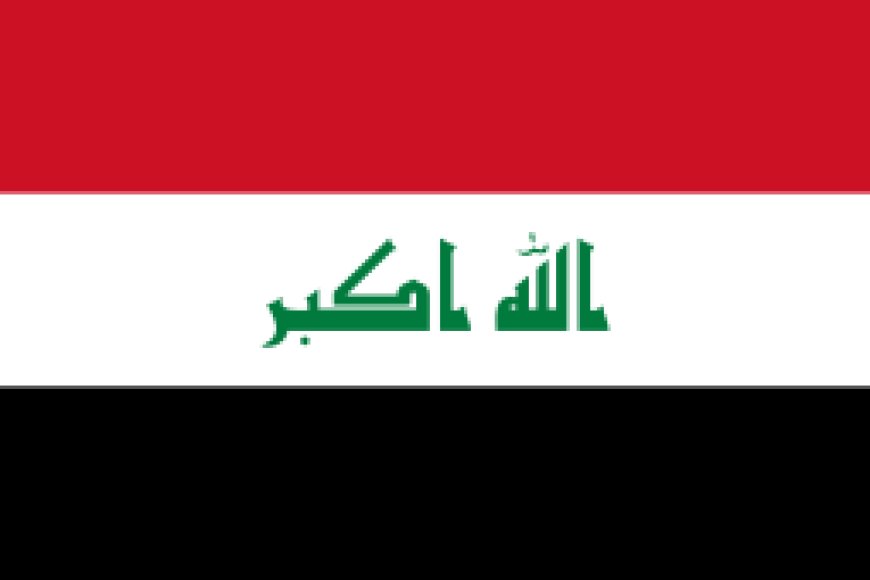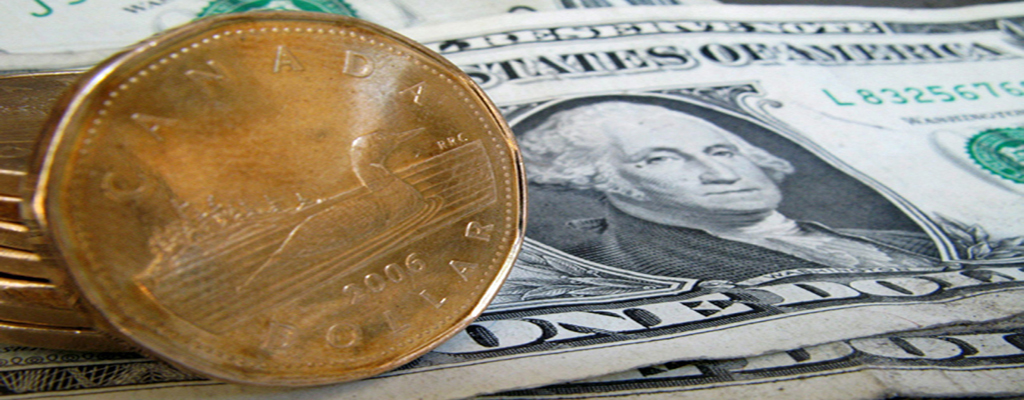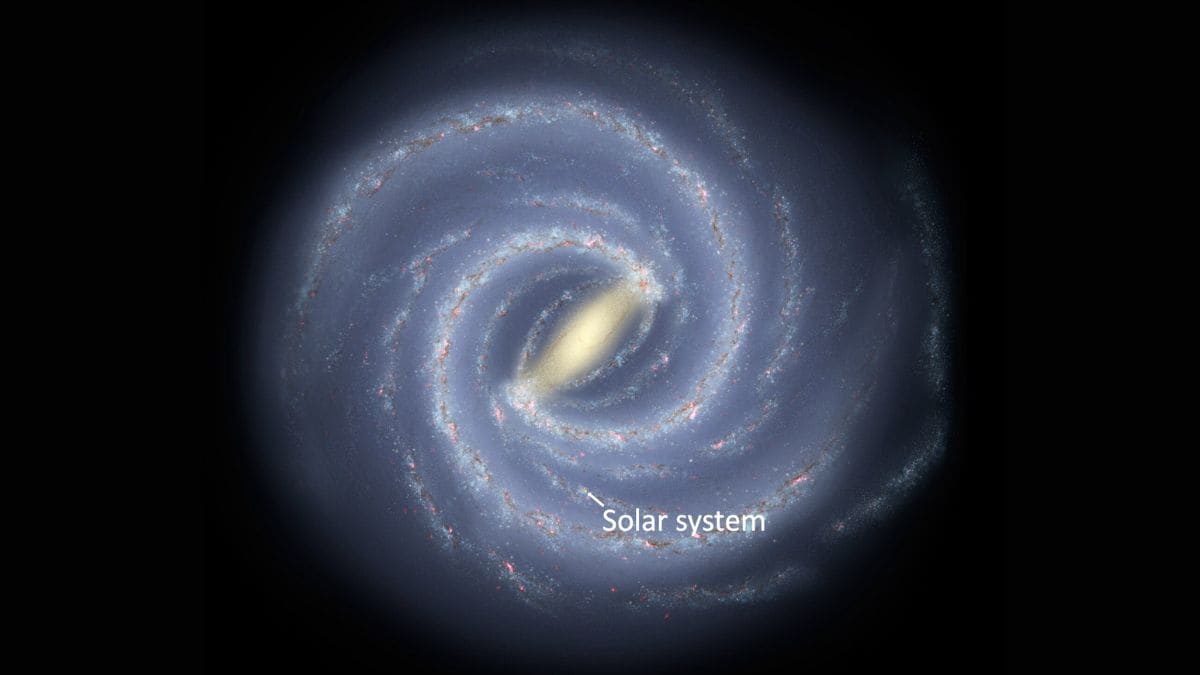U.S. Supermajors Discuss Development of Oilfields in Iraq

U.S. oil and gas giants ExxonMobil and Chevron are in discussions about development opportunities in Iraq’s oilfields with the government, according to the Iraqi oil ministry.
“ExxonMobil has conveyed its willingness to return to Iraq,” Bassim Khudair, an undersecretary at Iraq’s Oil Ministry, has said in comments reported by Iraqi media.
Last year, Exxon quit the giant Iraqi oilfield West Qurna 1, handing over control of the operations to PetroChina, the state-controlled Chinese firm.
West Qurna 1, currently producing about 550,000 barrels per day (bpd) of crude oil, is estimated to have as much as 20 billion barrels of recoverable oil resources.
Commenting on ongoing talks between the federal government and Exxon, the oil ministry’s undersecretary Khudair was quoted as saying that “The Company is currently in a stage of negotiations with Iraq for a new opportunity in the country’s oilfields.”
“These moves are a positive indication of growing interest in Iraq’s oil industry by the US and other companies,” the Iraqi official added.
Separately, the other U.S. oil giant, Chevron, is in discussions to potentially sign development contracts in the Southern Nasiriyah oilfield and Balad oilfield in the North-Central Saladin governorate, the undersecretary said.
In recent years, Chinese and Russian companies have moved to scoop large oilfield development assets from Western majors, including Exxon.
But this year, UK-based supermajor BP received final approval from the Iraqi government for its contract to invest in the redevelopment of several giant oil fields in Kirkuk, in the north of Iraq. The contract between North Oil Company (NOC), North Gas Company (NGC), and BP includes the rehabilitation and redevelopment of the fields, spanning oil, gas, power, and water, with potential for investment in exploration. The agreement is estimated to be worth more than $25 billion.
Iraq, OPEC’s second-largest producer, seeks to boost oil production capacity to more than 6 million bpd by 2029, and potentially produce 7 million bpd within the next five years.
Iraq’s current production is about 4 million bpd, as it is trying to compensate for previous overproduction in the OPEC+ agreements.
By Tsvetana Paraskova for Oilprice.com










































